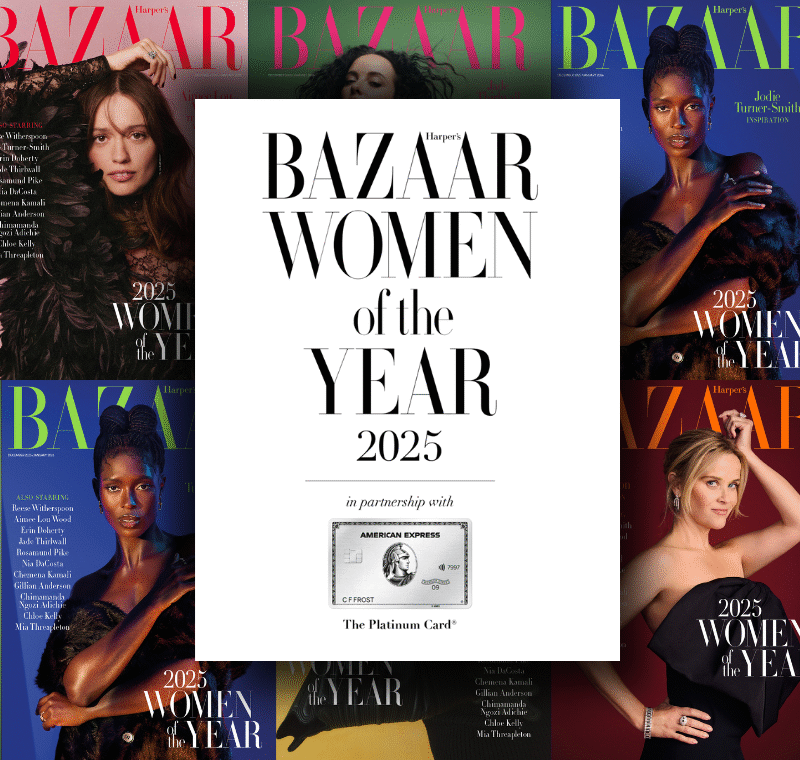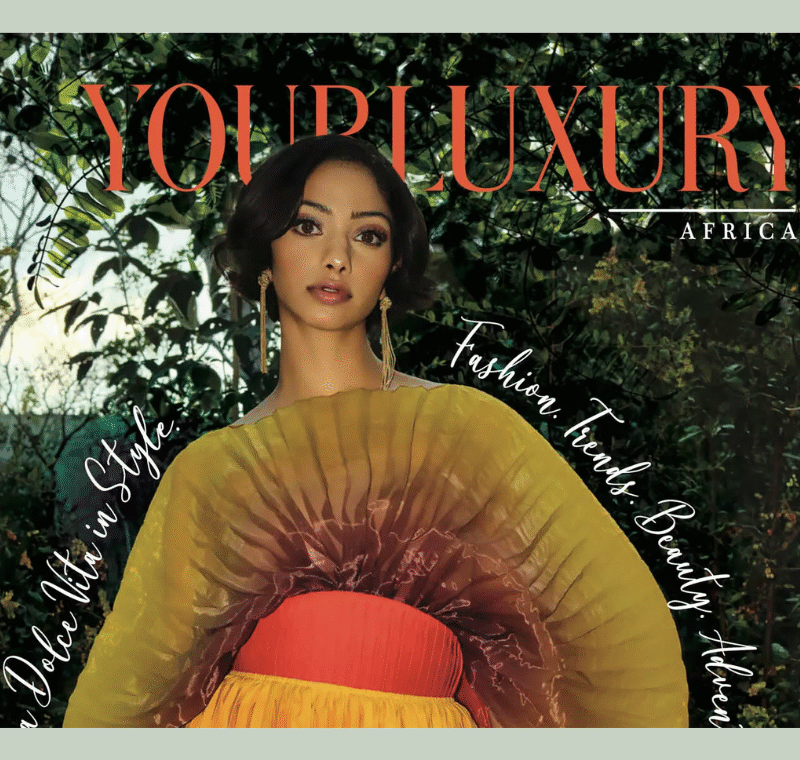Grazia USA: Precision, patience, and premium positioning
From collectible biannuals to time-sensitive Gazettes, Grazia USA is rewriting the rules of print for the American fashion market. Its playbook blends Italian heritage with American cultural timing – and the lessons extend far beyond fashion media
“Grazia’s Italian heritage is a durable advantage – craft, design literacy, and an editorial voice that treats fashion as cultural intelligence,” says Yulia Petrossian Boyle, strategic advisor to Reworld Media in the U.S. “In the USA, our aim was to translate those strengths into a product system and a route-to-reader built for precision.”
That belief – in fashion as cultural intelligence, in magazines as collectible objects and cultural companions – has made Grazia USA one of the most distinctive launches of recent years. At a time when print’s importance is still being debated, Grazia USA has leaned into what magazines do best: slowing readers down, curating with intent, and offering objects worth keeping.
The object: A collectible biannual
The heart of Grazia USA is the print magazine itself: a biannual of more than 200 oversized pages, printed on satin stock with heavier-than-standard pages designed for rich colour and longevity. It is intended as a magazine to be held, treasured and displayed.
“From the beginning, we wanted it to feel like an object people would treasure,” Yulia explains. With Editor-in-Chief Joseph Errico guiding the lens and Creative Director Giacomo Pasqualini shaping the page, the visuals took precedence, with pacing and typography calibrated around them.
“You can’t hurry this kind of magazine,” Yulia says. “That’s why we publish only twice a year. You have to make it so well that people adjust their pace to meet it.”
The tempo: Publishing to the moment
Between these two flagship issues, Grazia USA maintains its rhythm through Grazia Gazettes. These broadsheet editions are published only during key cultural moments – in the Hamptons during summer, Las Vegas for F1, Miami for Art Basel, or Aspen in winter.
“They’re immediate and practical, but still elevated and elegant,” Yulia says. “A companion for the next 72 hours – always carrying Grazia’s point of view.”
It’s a model that demonstrates agility without dilution, proof that a heritage brand can adapt formats while retaining its distinct identity.
The map: Distribution as editorial
Distribution for Grazia USA has been approached with the same intentionality as editorial. Alongside national anchors such as Barnes & Noble and Hudson News, Grazia USA is placed in curated independents, galleries, lounges, and private aviation.
“Distribution, done properly, is also a kind of edit,” Yulia says. “Curated independents act more like cultural gatekeepers. That context fits perfectly with Grazia’s high production values.”
The results speak volumes: while the U.S. average sell-through rate hovers around 22%, Grazia USA’s curated placements have performed at multiples of that. It underlines the idea that magazines are not commodities, but artefacts best encountered in the right surroundings.
A bit of friction – and adjustment
Breaking into the U.S. market was not without challenges. “American racks are unforgiving to names that haven’t been here in a while,” says Yulia. Rather than buy visibility, Grazia USA adjusted quietly: fewer copies where the fit was poor, more where the context was right.
Working with PubWorx – a joint venture between Hearst Magazines and Condé Nast – the team monitored performance carefully, retiring some venues and doubling others. “We watched it closely, and adjusted with precision,” Yulia says. This approach illustrates the importance of balancing ambition with close attention to context.
Omnichannel utility
Print may be the cornerstone, but digital and social keep Grazia USA in constant motion. The brand offers quick-hit cultural guides – from after-party routes during New York Fashion Week to ‘what to see tonight’ gallery recommendations. During Milan Fashion Week, Grazia USA brings insider coverage few can match, thanks to its Italian home advantage.
“Our omnichannel approach keeps Grazia relevant between issues,” Yulia says. “It’s about being both useful and stylish – always true to the brand.”
Daniela Sola (CEO at Reworld Media Italia; Managing Director at RM US Inc.), agrees. “Grazia has always been an international point of reference for style and fashion, thanks to its unique editorial voice and its ability to interpret global trends,” she says. “In the United States, as in all our markets, we pursue a hybrid, digital-first business model that combines the brand’s authority with targeted and innovative distribution, creating a 360-degree experience for both readers and partners,” she says.
This balance between collectible print and agile digital highlights how magazines can thrive when each channel plays to its strengths.
“Print’s next chapter is about standards,” concludes Yulia. “How well you make it, when you release it, and how precisely you reach the right audience. Clients and partners expect that same discipline.”
Stéphane Haitaian (Managing Director at Reworld Media France, Board Director at Reworld Media Italia, Director of Reworld Media US) adds:
“The international success of Grazia shows that today’s winners are not those who print more, but those who print smarter: high-quality editions, intelligent distribution, and measurable results. By integrating this approach with our digital and technological assets, we strengthen the brand’s value and open up new opportunities for global growth.”









